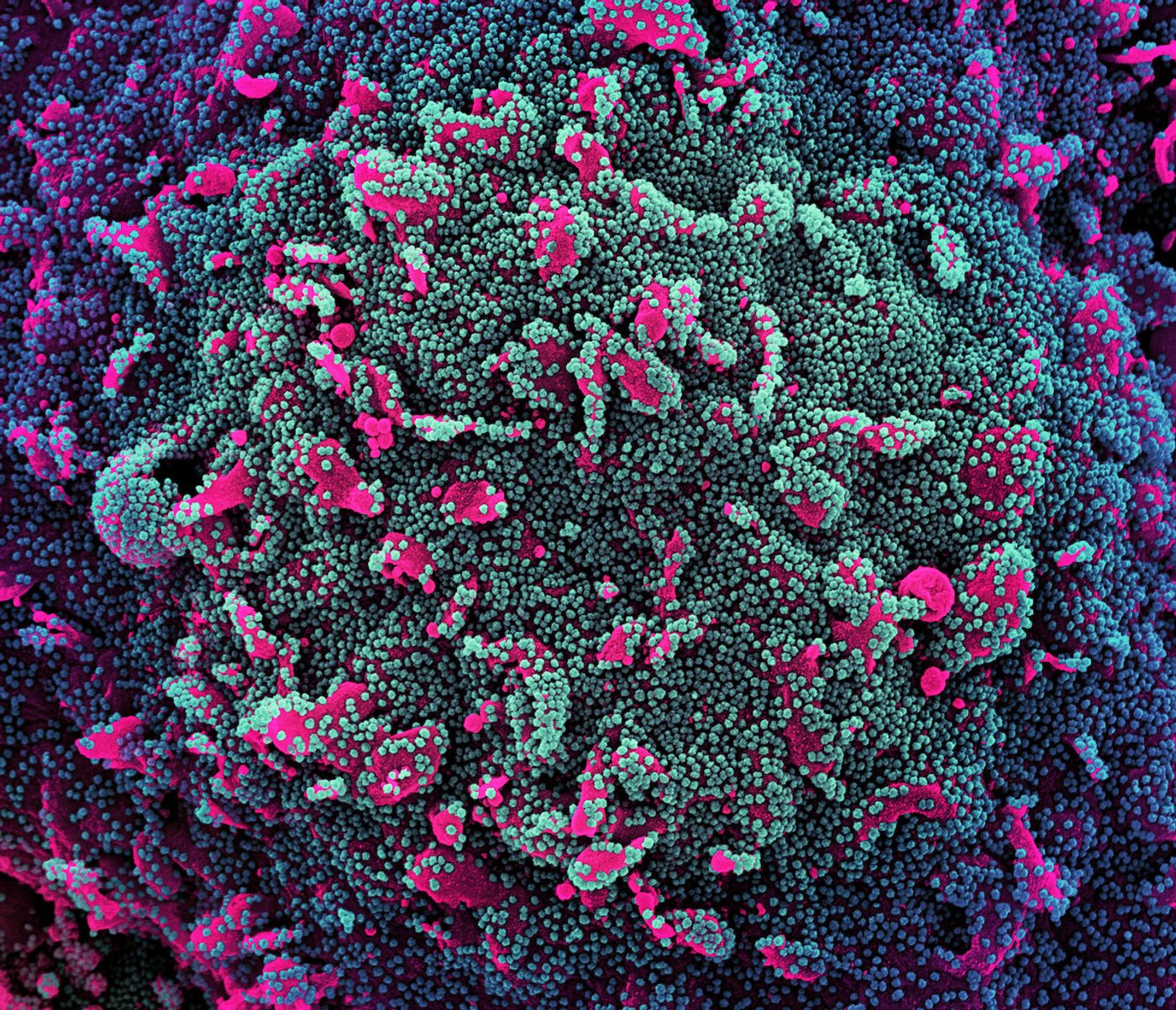Viral Ancestor of SARS-CoV May Date Back 22,000 Years
The world has rapidly become familiar with sarbecoviruses, two of which jumped to humans in recent years. The first was SARS, caused by the SARS-CoV-1 virus and now we're dealing with COVID-19, caused by SARS-CoV-2, and the many variants it's mutating into. Scientists have long been studying viral evolution and how they've adapted to hosts. Researchers have now determined that the most recent common ancestor of the SARS-CoV-1 and SARS-CoV-2 viruses existed over 21,000 years ago.
Viruses are often capable of rapidly mutating in many ways in a short period of time, so one might expect a viral genome to become unrecognizable over hundreds or thousands of years. But that's not the case; viruses can maintain some of their identity over long periods of time. The viruses we're now familiar with depend on a host to survive, so they can only mutate so much, and many mutations they acquire will be detrimental to the virus. For that reason, it's thought that the rate at which most viruses evolve slows down over time. Researchers attempted to simulate this evolutionary pattern in new work that's been reported in Current Biology.
"We developed a new method that can recover the age of viruses over longer timescales and correct for a kind of 'evolutionary relativity,' where the apparent rate of evolution depends on the timescale of measurement. Our estimate based on viral sequence data, of more than 21,000 years ago, is in remarkable concordance with a recent analysis on human genomic dataset that suggests infection with an ancient coronavirus around the same time," said study co-author and graduate candidate Mahan Ghafari of Oxford University.
This study suggested that although current models may fail to measure how viral species diverge over time periods from a few hundred to thousands of years, more reliable models could be developed. We may one day be able to estimate how many viruses have evolved along with plants and animals.
Although this work focused on the evolution of SARS-CoV-2, other RNA and DNA viruses could be considered in the same way. For example, this model indicated that hepatitis C has been circulating for about 500,000 years. Hepatitis C may have been migrating along with humans through the ages. There are different genomes of hepatitis C virus endemic to certain regions, like Southeast Asia and Central Africa, and these different hepatitis C viruses may have arisen long ago from a common ancestor.
"With this new technique we can look much more widely at other viruses; reevaluate the timescales of their deeper evolution and gain insights into host relationships that are key to understanding their ability to cause disease," said study co-author Professor Peter Simmonds of Oxford University.
Sources: University of Oxford, Current Biology









